How to choose an epoxy paint color
 18237
18237 Selecting an epoxy fill is not as easy as it might seem at first glance. Some believe that everything happens according to the scheme: chose color -> add dyes to epoxy resin -> fill. However, in practice, it's not so simple. There are also many nuances, as in the selection of wood.
Realizing that this is not an easy task, we decided to prepare for you an article about how to chose the color of epoxy potting. You will notice:
1. Types of epoxy potting
2. How to choose an epoxy potting
3. Epoxy Coating
Types of epoxy potting
When designing any table with epoxy, first of all, it is important to determine the type of fill. After all, each of them has a number of features. We distinguish 3 main types of fillings:
1. Opaque. Externally, these tables look like wood slabs that are combined with a layer of plastic. The side tables "Snow of the Desert" and "Volcanic Ash" demonstrate this effect. The peculiarity of this type of coating is that the fill is NOT translucent. Whatever your light, no matter what angle you choose, however, the light rays will not be able to pass through it. This feature allows you to use a wide palette of colors, since it is much easier for an opaque fill to display the desired color.
However, for an opaque fill, it's possible to regulate the concentration of the color. “Snow in the desert” as an example of pouring with high concentration, and “Misty river” with low.
2. Nacre. This is a fill with different shades of colors, which reminds the flow of air. This effect can be achieved by adding the pearlescent powder to the epoxy resin. As with the previous type, changing the concentration of the powder can be made so that the pearlescent epoxy is translucent or not translucent.
3. Transparent. Transparent epoxy shines through any colors. Even if you bring out the extra black color, the light rays will still pass through it. The disadvantage is the limitation in the color palette, since the transparent color is taken as the basis.
How to choose epoxy fill?
Most beginners and amateurs who create an epoxy filled table do not take into account the thickness of the tabletop. This factor is extremely important because the color of the epoxy will depend on it. For example, if the epoxy layer is 1 centimeter, then its color will be colorless. If 10 cm — blue. This feature makes it very difficult to predict the fill color, but this is still a very realistic task.
“For an opaque fill, thickness will not matter”
Also no less important factor is the light in the room. When poorly lit, the tables with dark fills (dark green, dark blue, etc.) will look like they have a black epoxy finish. Therefore, in such situations, it is better to dwell on light shades. However, if the interior requires only dark ones, then pearl shading would be an ideal choice, since it contrasts beautifully and is not lost when it is dimly lit.
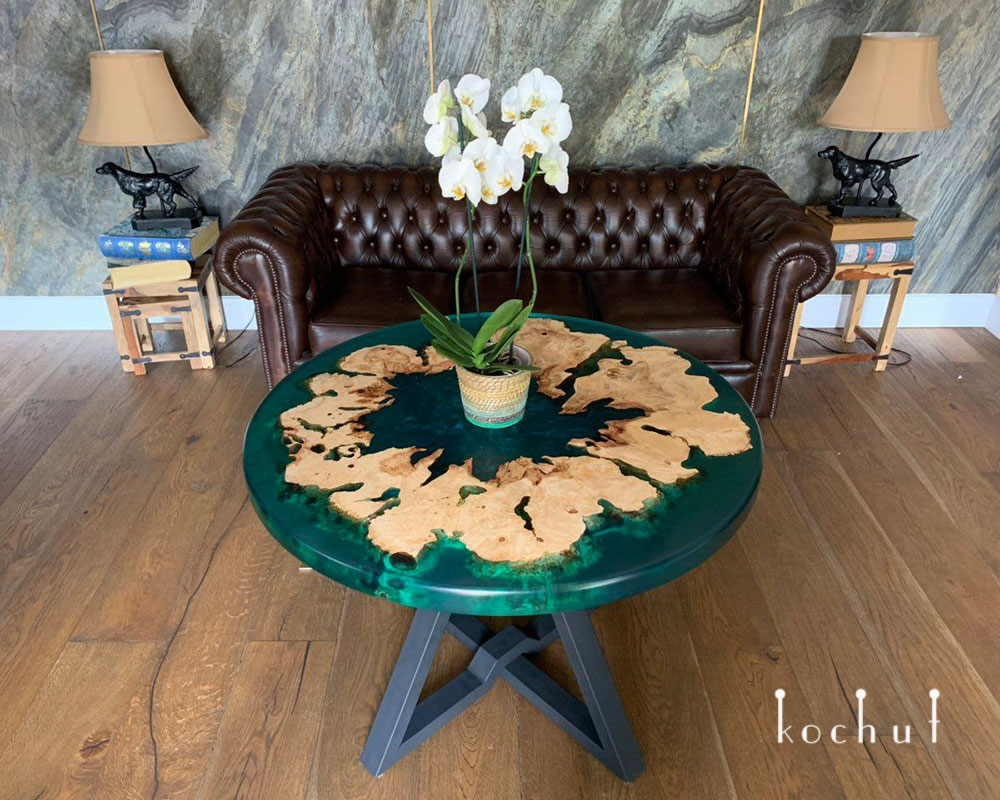
Epoxy potting treatment
At the final stage of making a river table, epoxy casting provides a special treatment, after which the epoxy becomes matte or glossy. What is it done for? Imagine that you want a table with a transparent fill, but you do not like that you see the mounting details or the legs of the guests. With a matte finish, the contours will become blurred and inaccurate. In practice, it exactly copies the effect of frosted glass.
Leave a comment via Facebook:
Kochut and our partners use cookies on this website. Some of them are required for the site to function properly, but the following cookies are optional:
— cookies that analyse website usage;
— cookies used to personalize the site;
— cookies used for advertising and social media purposes;


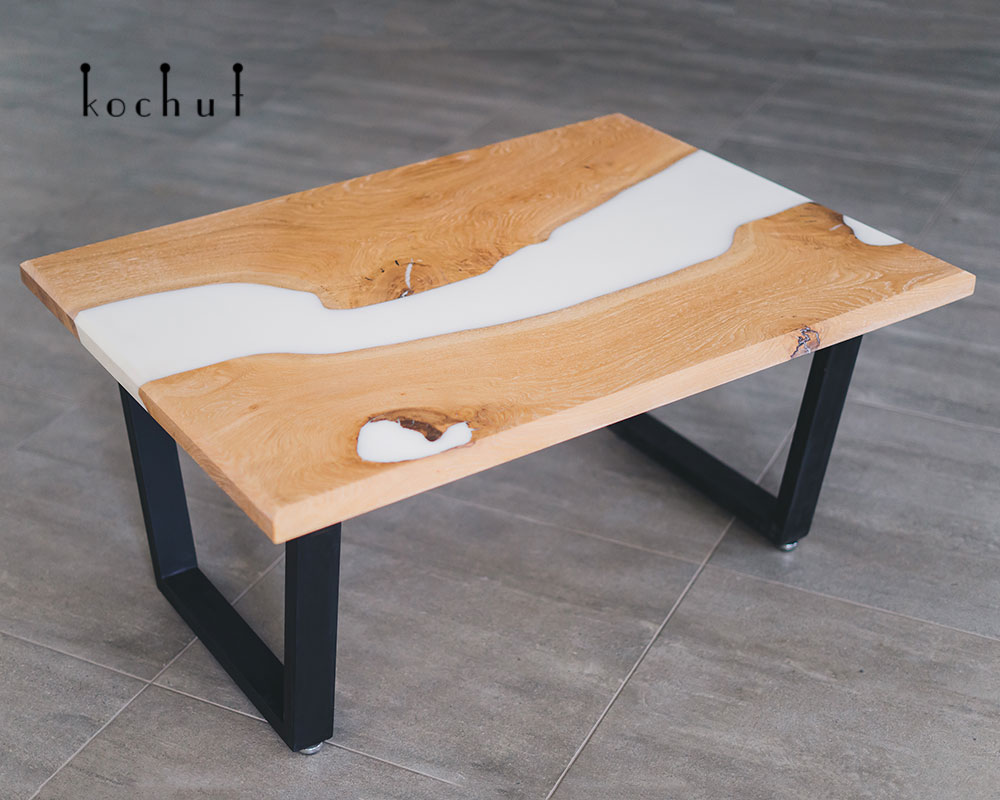
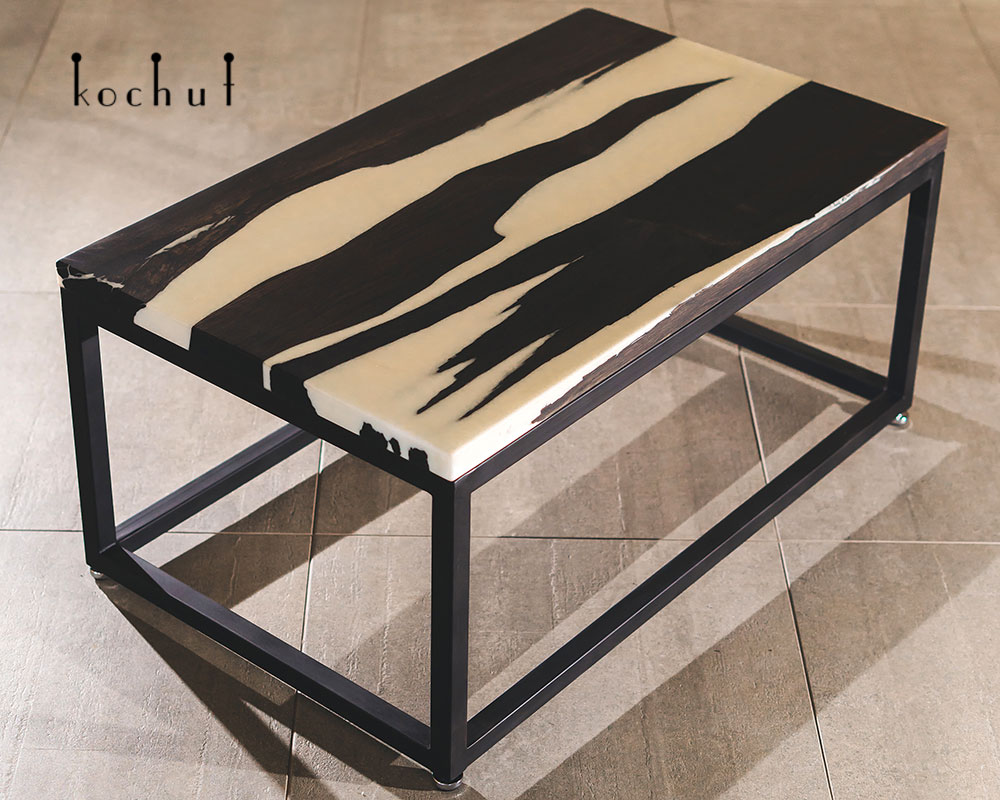
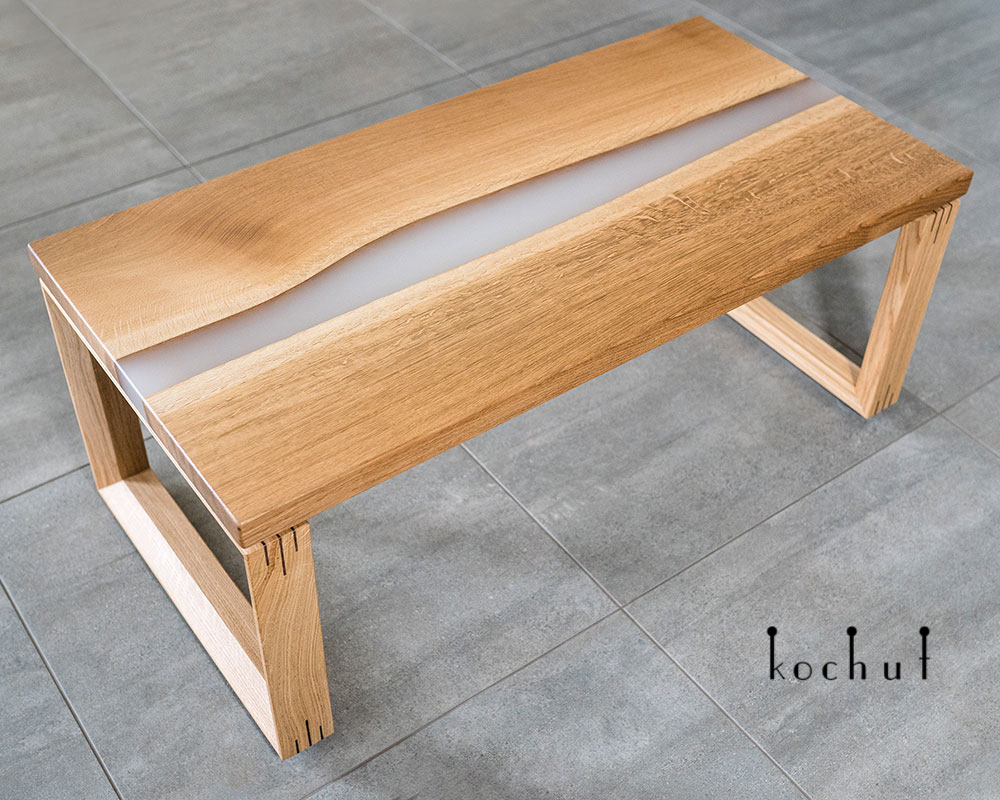
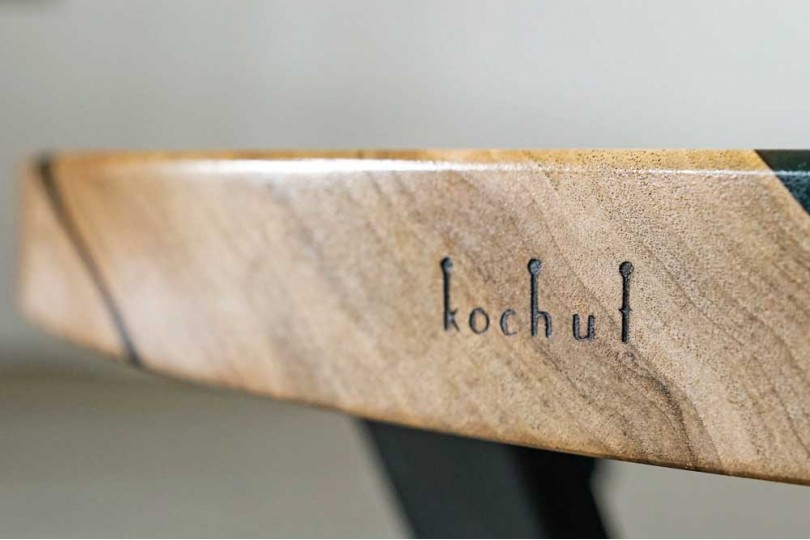
 30078
30078
